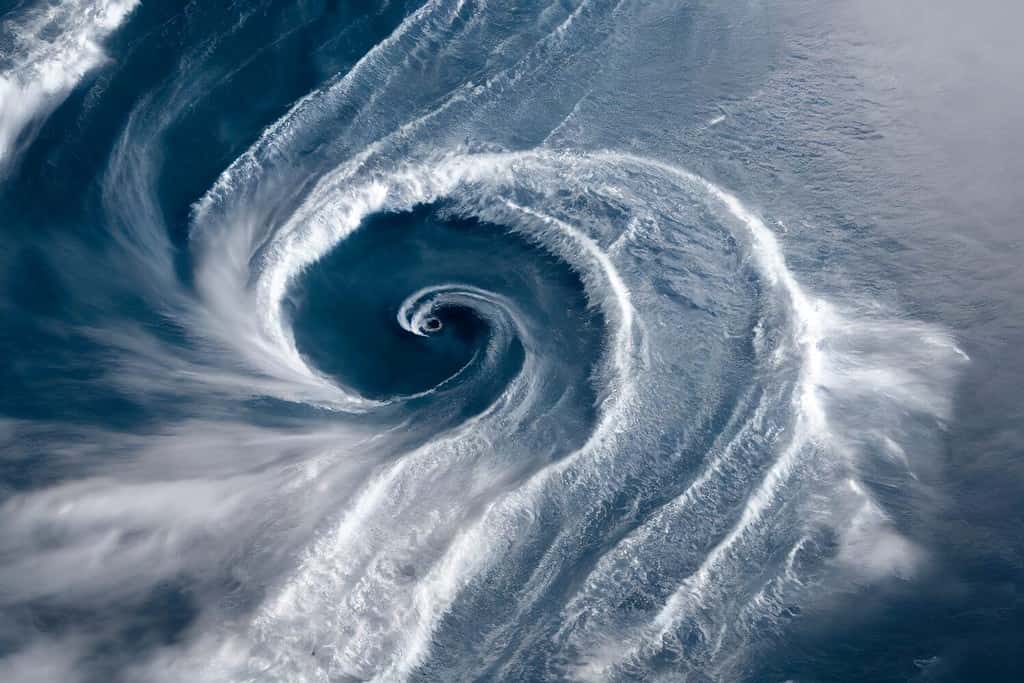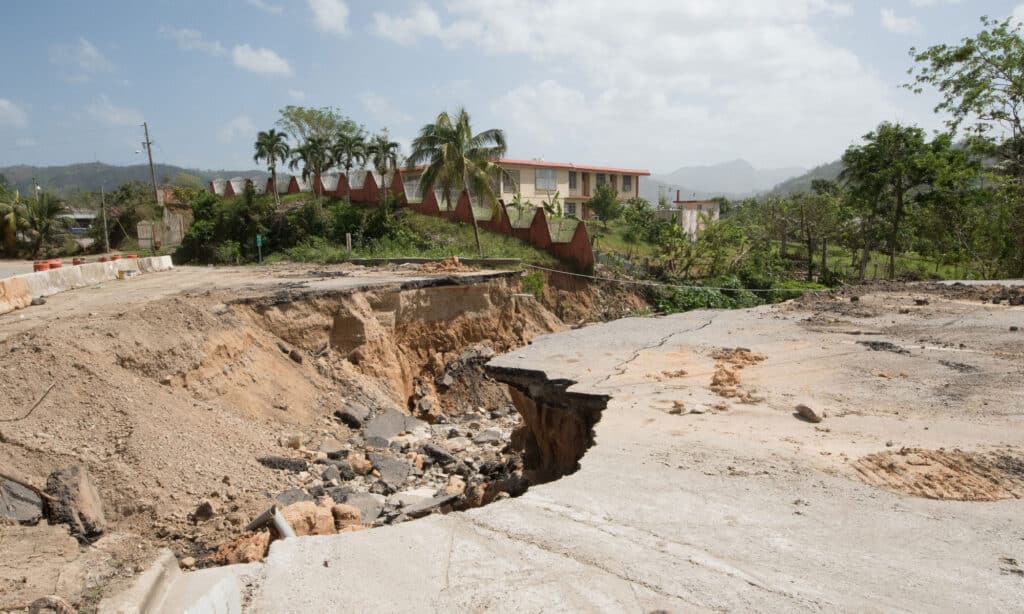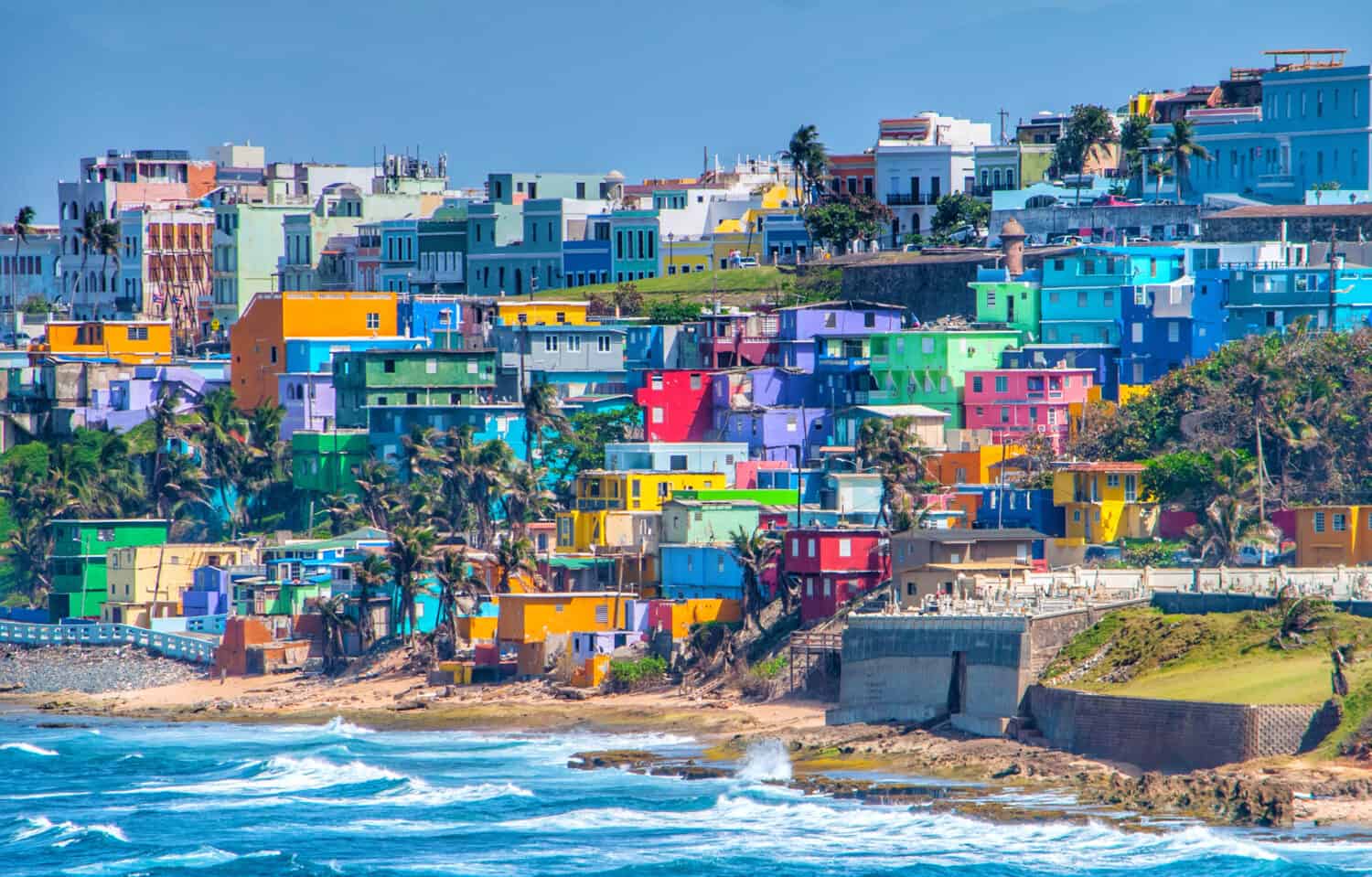It’s a stunning archipelago with remote areas and lively populated areas. Residents and visitors celebrate festivals and enjoy gorgeous beaches while relishing the culture. Puerto Rico boasts an impressive environment and admirable resilience, despite its history of devastating hurricanes. Discover when hurricane season ends in Puerto Rico!
When Does Hurricane Season End in Puerto Rico?
Hurricane season in Puerto Rico technically ends on November 30 each year. It starts a few months earlier in the summer on June 1. Although hurricanes can occur any time during hurricane season, September usually sees the most hurricane activity. Despite Puerto Rico being prone to these natural disasters, hurricanes aren’t guaranteed every year.
On November 28, 1878, Tropical Storm San Rufo hit Puerto Rico. It was the latest hurricane ever in the season. On November 17, 1999, Hurricane Lenny made landfall and on November 7, 1984, Tropical Storm Klaus also arrived at the tail end of the hurricane season. These are uncommon occurrences, as most occur during the month of September. A recent hurricane occurred in the later part of the season, however. It occurred in 2022.

Hurricane season in Puerto Rico peaks in September and ends November 30.
©Vikks/Shutterstock.com
Recent Hurricanes/Tropical Storms to Hit Puerto Rico
1. Hurricane Nicole
This hurricane first formed on November 7, 2022. It was categorized as a Category 1 hurricane and brought winds of up to 75 miles per hour. Hurricane Nicole impacted the southeastern region of the U.S., the Bahamas, the Dominican Republic, and Puerto Rico. This was a late-season hurricane that first began as a subtropical cyclone. It only lasted through November 11, 2022, when it finally dissipated.
2. Hurricane Fiona
Hurricane Fiona first formed on September 14, 2022, during Puerto Rico’s peak hurricane season. Its winds reached up to 120 miles per hour and it affected several regions including the Leeward Islands, the Dominican Republic, the Lucayan Archipelago, and Puerto Rico. This hurricane left entire Puerto Rican communities underwater.
There was massive damage to infrastructure, including roads and bridges. Homes were left in an unlivable state. Some regions in Puerto Rico received over 2.5 feet of rain and hundreds of thousands of residents were left without power or water. It finally dissipated several days later on September 27, 2022.
3. Hurricane Teddy
This hurricane was also a Category 4 hurricane and occurred two years before Hurricane Fiona around the same time of the year. It started on September 12, 2020, and its winds reached up to 140 miles per hour. It affected several regions, including the east coast of the U.S., the Lesser Antilles, and Bermuda. However, it spared Puerto Rico a direct impact.

High winds can reach well over 100 miles per hour during a hurricane.
©hbpictures/Shutterstock.com
Nevertheless, Puerto Rico experienced an indirect impact, and as a result, two drowned and one person required rescue from larger-than-usual ocean waves and stronger-than-usual rip currents. Hurricane Teddy roared for several days through September 24, 2020, when it dissipated.
4. Tropical Storm Laura
Like Hurricane Teddy, the brunt of Tropical Storm Laura missed Puerto Rico and merely brushed by as a tropical storm. However, it later developed into a Category 4 hurricane and impacted the island of Hispaniola, Haiti, and the Dominican Republic, where it caused several fatalities. It first formed on August 20, 2020, and dissipated a little over a week later on August 29, 2020.
Worst Recent Hurricane in Puerto Rico
Hurricane Maria first formed on September 19, 2017. It made landfall in Puerto Rico as an extreme Category 4 hurricane and the damage it left in its wake is not soon to be forgotten. Its destruction was widespread as it raged through Puerto Rico, eventually escalating to a Category 5 hurricane. The highest winds reached speeds of 175 miles per hour and when all was said and done, there were over 3,000 fatalities (both direct and indirect).
Puerto Rico wasn’t the only region affected by Hurricane Maria. Other regions included the Lesser Antilles, the U.S. Virgin Islands, the Dominican Republic, Haiti, the Bahamas, and the Turks and Caicos Islands. The hurricane continued into the following month and finally dissipated on October 2, 2017. Many residents lost everything and were left in shock, overwhelmed by the massive task of rebuilding that lay ahead of them.

Hurricane Maria left devastation in its wake.
©iStock.com/cestes001
The humanitarian crisis was devastating. The total damage was in the billions and the Puerto Rico Electric Power Authority (PREPA) had to file for bankruptcy. Several hundred shelters opened on the island in the aftermath and a couple thousand residents had sought them out immediately.
What is the Difference Between a Hurricane and a Tropical Storm?
Tropical storms are not as intense as hurricanes. Whereas they have to sustain winds between 39 and 73 miles per hour to be labeled as such, hurricanes must sustain winds of 74 miles per hour or more to be categorized as a hurricane. Both are tropical cyclones and what sets them apart is their level of intensity.
Thank you for reading! Have some feedback for us? Contact the AZ Animals editorial team.








